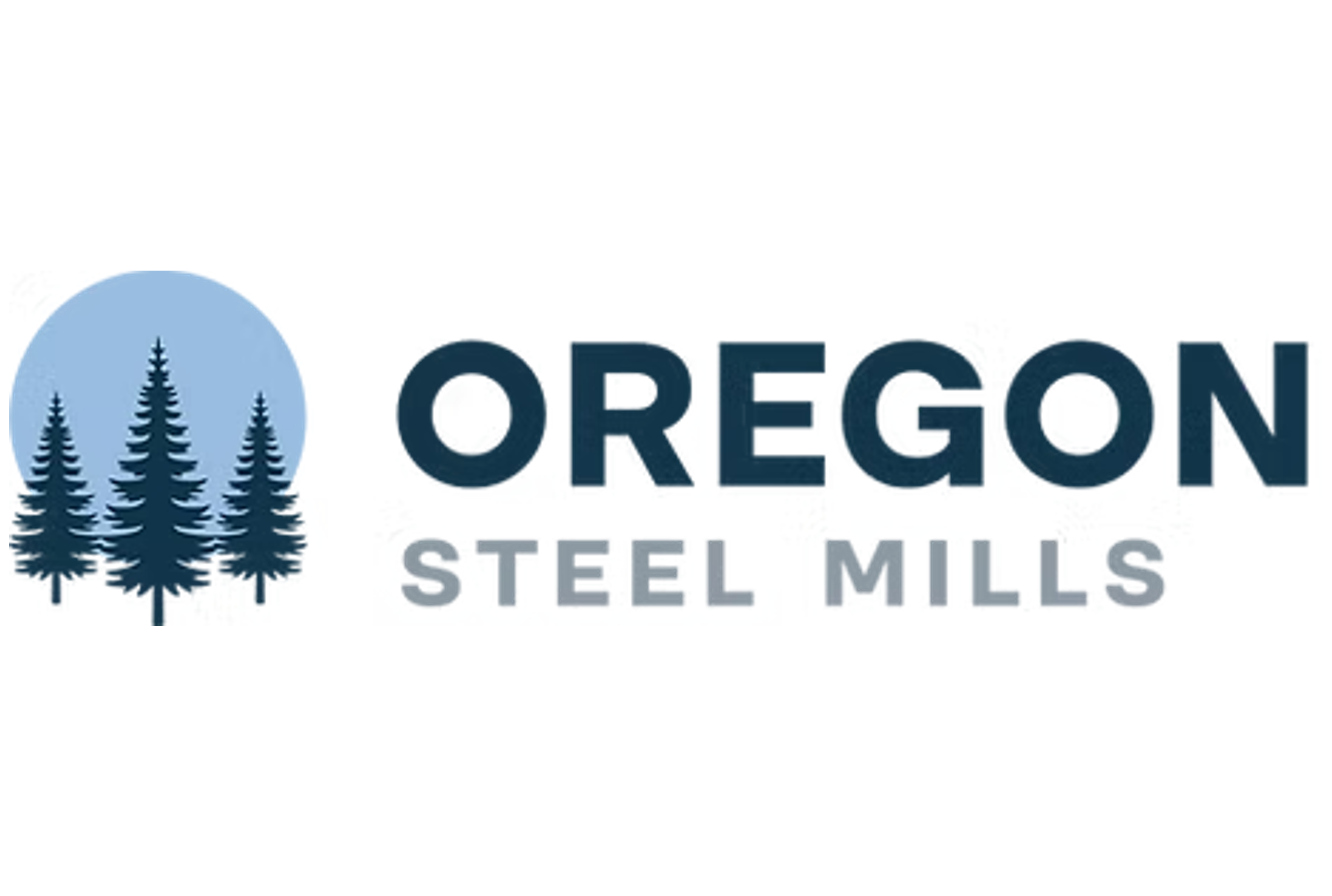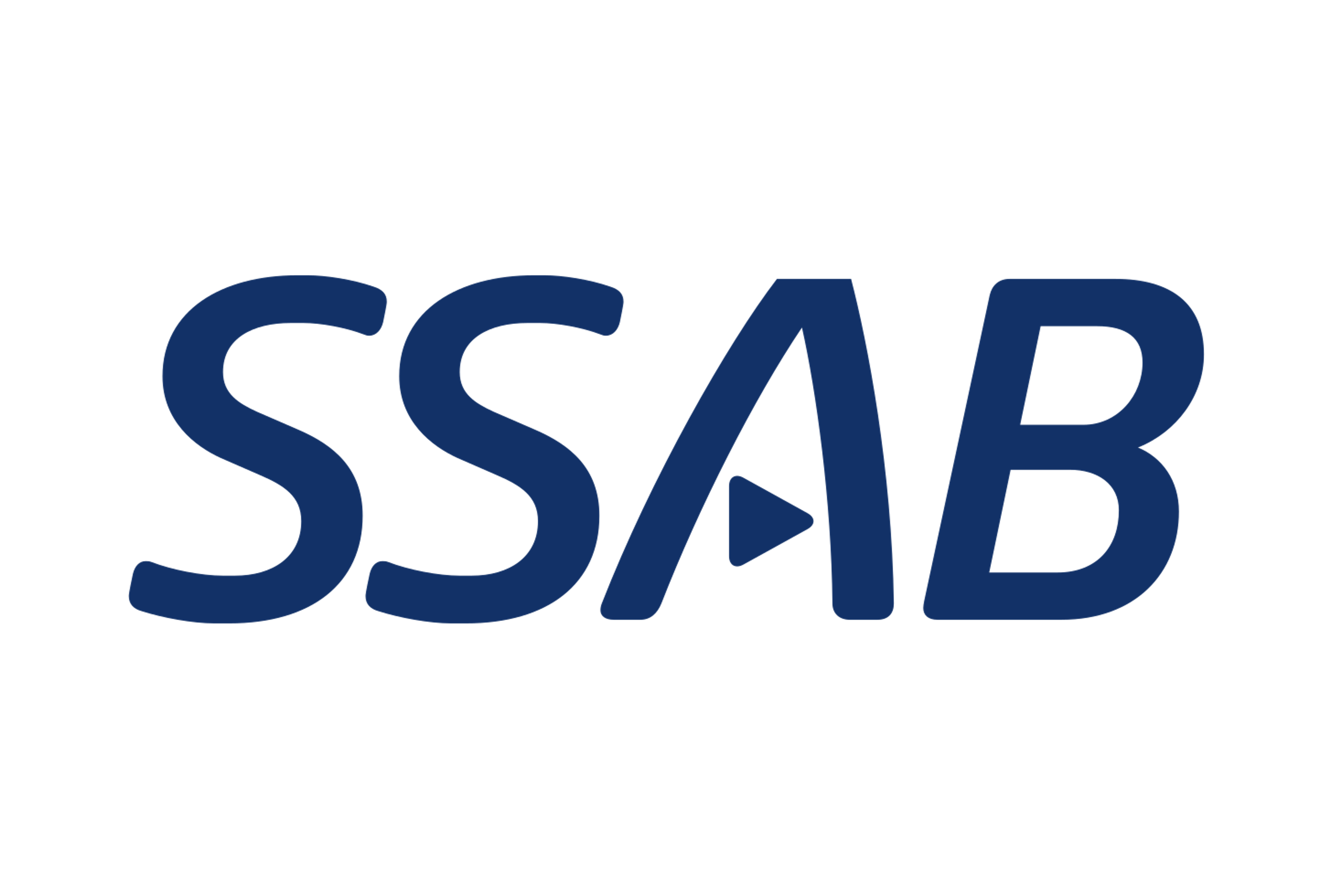Analysis

August 19, 2025
Final Thoughts
Written by Ethan Bernard
President Trump floated the idea of new steel tariffs being implemented last week, and he delivered.
The comments were made as he was boarding Air Force One, talking about tariffs on microchips. Were they mere off-the-cuff remarks on steel? Was it a mistake? With the bold (and some may say haphazard) way this administration handles trade policy, you never know. Well, this week we found out that over 400 steel derivative products have been added to Section 232 tariffs (as reported by SMU’s Laura Miller).
From Trump’s remarks to the Federal Register in the space of a week. Of course, we have known for some time that other downstream products would be included in the Section 232 tariffs. But when this president speaks, you never know if he has something different planned up his sleeve. There is always that worry in the back of one’s mind: Could we one day wake up to 100% S232 tariffs?
In this arena of uncertainty, firms all along the value chain need to remain nimble. What’s not tariffed today, could be tariffed tomorrow. How will your business react?
Brave new world?
Sketching out some of the features of these new additions to downstream products, we see tariffs on wind turbines and their parts, bulldozers and other heavy equipment, and hundreds of others.
The US Commerce Department’s Bureau of Industry and Security’s (BIS’) next inclusion window for additional products opens in September. There’s more to come.
Zooming out from April’s “Liberation Day” of President Trump’s tariffs, maybe we can start to see some outlines.
One, tariffs are not some passing fancy of this administration. That is, it’s not a lot of smoke thrown up in the hopes of getting quick trade deals before returning to business as usual.
In July, US steelmakers watched as the prospect of a 50% tariff on Brazilian pig iron loomed. How would scrap be affected, would this tariff cause prices to shoot up? And then, at the last moment, there was a reprieve on Brazilian pig iron and iron ore, though a 10% tariff remains.
Rather than being an anomaly, this tariff brinksmanship appears to be a feature of the present moment. But in war, in peace, in tariffs, markets keep functioning. For example, once Russian pig iron was banned in the US after the country invaded Ukraine in 2022, other sources needed to be found.
In the same manner, businesses need to keep functioning, no matter what is happening on Truth Social.
Reshoring
A stated goal of the administration’s trade policy has been reshoring. It’s a way to get over the tariff hurdle, making your product in the US. Well, in June GE Appliances announced a $490-million reshoring project to a facility in Kentucky to make appliances in the state.
Of course, there was also the announcement earlier in the year of South Korea’s Hyundai and POSCO partnering on a $5.8-billion EAF mill in Louisiana. It would serve Hyundai’s automotive interests in the southeastern US as well as other customers.
These projects seem very Phase One in the response to “Liberation.” It remains to be seen how the US manufacturing landscape will truly change over the next few years, and if these projects bear fruit.
Going long
While reshoring can bring tariff relief, the era of globalism that has defined the 21st century cannot be changed on a dime. With 10% here, 50% there on tariffs, pricing is always going to be affected in some manner, often in ways one cannot predict.
That’s what makes a recent move by Cleveland-Cliffs an interesting example of dealing with uncertainty: hedge.
A Bloomberg report in August said the Cleveland-based steelmaker has signed contracts to supply steel sheet to General Motors and other car companies in the US for up to three years. It cited anonymous sources privy to the matter.
The article named fear of inflation as a principal reason for the contracts. The automakers, as well as Cliffs, are keeping mum on the details for now.
The wisdom of this will be revealed only in relation to where steel prices go in the next three years. Is it a move that others in different industries will emulate?
China looming
Also in August, the US and China agreed to another 90-day pause on reciprocal tariffs as the two countries continue negotiations. Could this deal between the two world’s largest economies the scene for what the post-Liberation Day world will truly look like?
In any case, we still seem to be in the beginning stages as far as seeing where this tariff landscape will eventually lead us. Unfortunately, it’s not something players in the metals fabrication and steel production spaces can sit out. We all need to pay close attention, stay quick on our feet, and hope an equilibrium is reached sooner rather than later.






